Edge Computing vs. Traditional Data Centers: What You Need to Know
28 December 2024
The world of technology is constantly evolving. It's been like riding a rollercoaster, with every twist and turn bringing new innovations. Today, one of the hottest debates in the tech landscape is Edge Computing vs. Traditional Data Centers. Both are essential for storing, processing, and managing data, but they are fundamentally different in how they operate. So, which one is better? Well, it depends on your needs. But don’t worry! By the end of this article, you'll have a clearer understanding of both, and you'll be able to make an informed decision.
Let’s dive deeper into what these two computing models are, how they differ, and why each has its own set of advantages and disadvantages.
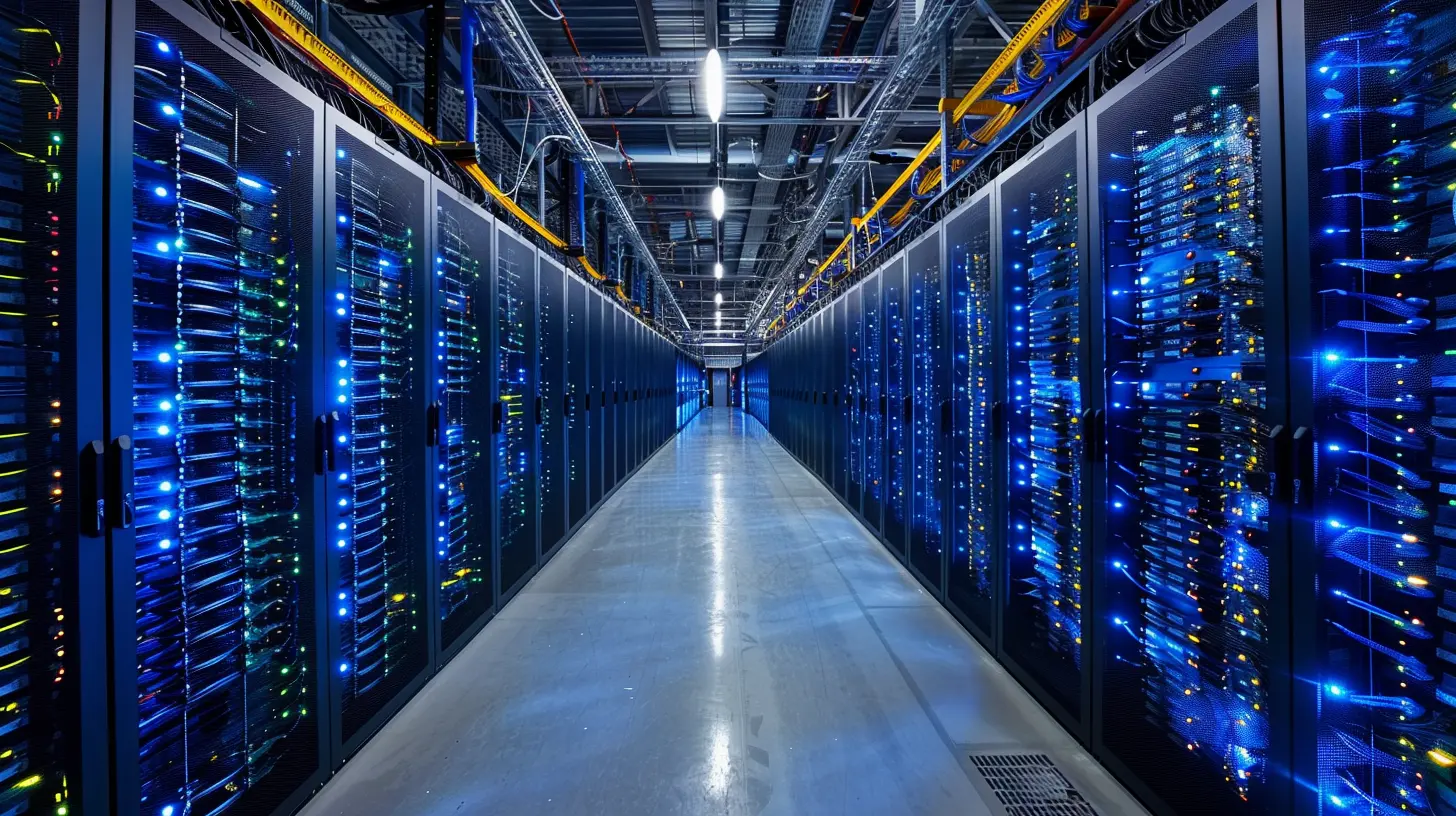
What is Edge Computing?
In simple terms, Edge Computing is like having a mini-computer right where you need it. Instead of sending data to a centralized server (like a traditional data center), edge computing processes data closer to the source — meaning, right at the "edge" of the network. The "edge" could be a smart device, a local server, or even a router.You know how frustrating it can be when you're streaming a video, and it buffers endlessly? Edge computing aims to solve that problem by reducing latency (the delay before a transfer of data begins following an instruction). Think of it as a shortcut: instead of taking the long route to a faraway data center, edge computing handles the job locally, making everything faster.
Key Features of Edge Computing:
1. Low Latency: Since data is processed locally, responses are quicker.2. Reduced Bandwidth: Only essential data is sent back to the central server, saving on bandwidth.
3. Improved Reliability: If the central server goes offline, edge devices can still function independently.
4. Localized Processing: Perfect for applications that need real-time data analysis, like autonomous cars or smart manufacturing.
A Simple Example:
Imagine you’re driving a self-driving car. The car needs to process data in real-time—like detecting obstacles or reading road signs. If all that data had to travel to a central server first, and then come back, you'd probably crash before receiving any useful info! Edge computing ensures that the car processes the data right then and there, making it much safer and faster.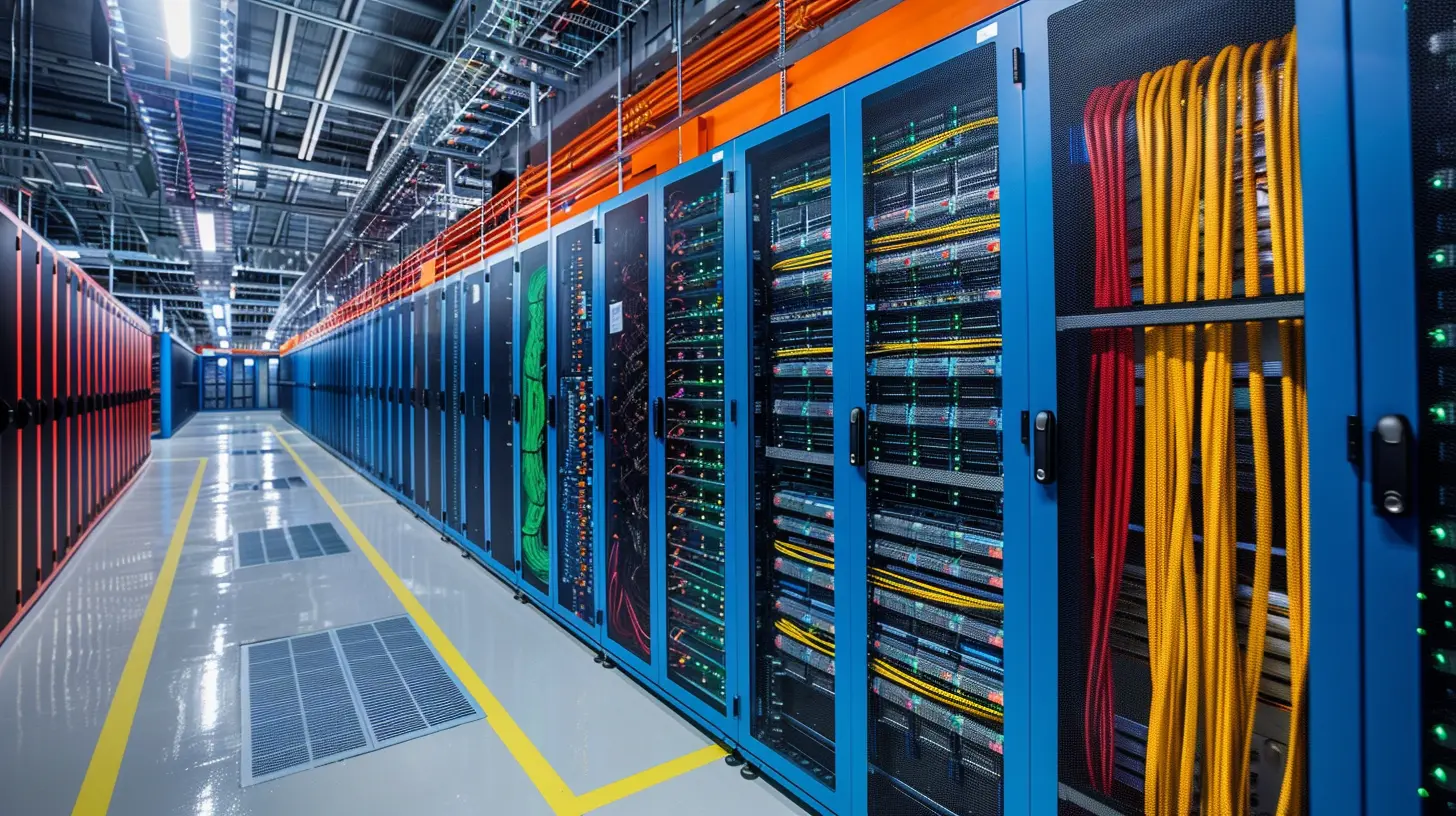
What are Traditional Data Centers?
On the flip side, Traditional Data Centers are like the giant brains of the internet. They are centralized facilities that store, process, and manage vast amounts of data. These data centers typically consist of thousands of servers housed in large, climate-controlled buildings. Companies and organizations rely on these centers to run their websites, applications, and internal systems.Traditional data centers have been around for decades, and they've been the backbone of the internet as we know it. They are powerful, reliable, and secure. However, they come with certain limitations, especially when it comes to real-time data processing.
Key Features of Traditional Data Centers:
1. Centralized Processing: All data is sent to a central server for processing.2. Scalability: Can handle enormous amounts of data, making them ideal for large-scale applications.
3. High Security: Data centers are often equipped with advanced security measures.
4. Reliable Power and Cooling Systems: Ensures uptime and prevents server overheating.
A Simple Example:
Think about when you access a website. When you type in the URL, your request is sent to a traditional data center where the website is hosted. The data center processes your request, retrieves the data, and sends it back to your browser. This process works great for most web applications or online services, but it can be a little slow for applications that require real-time responses.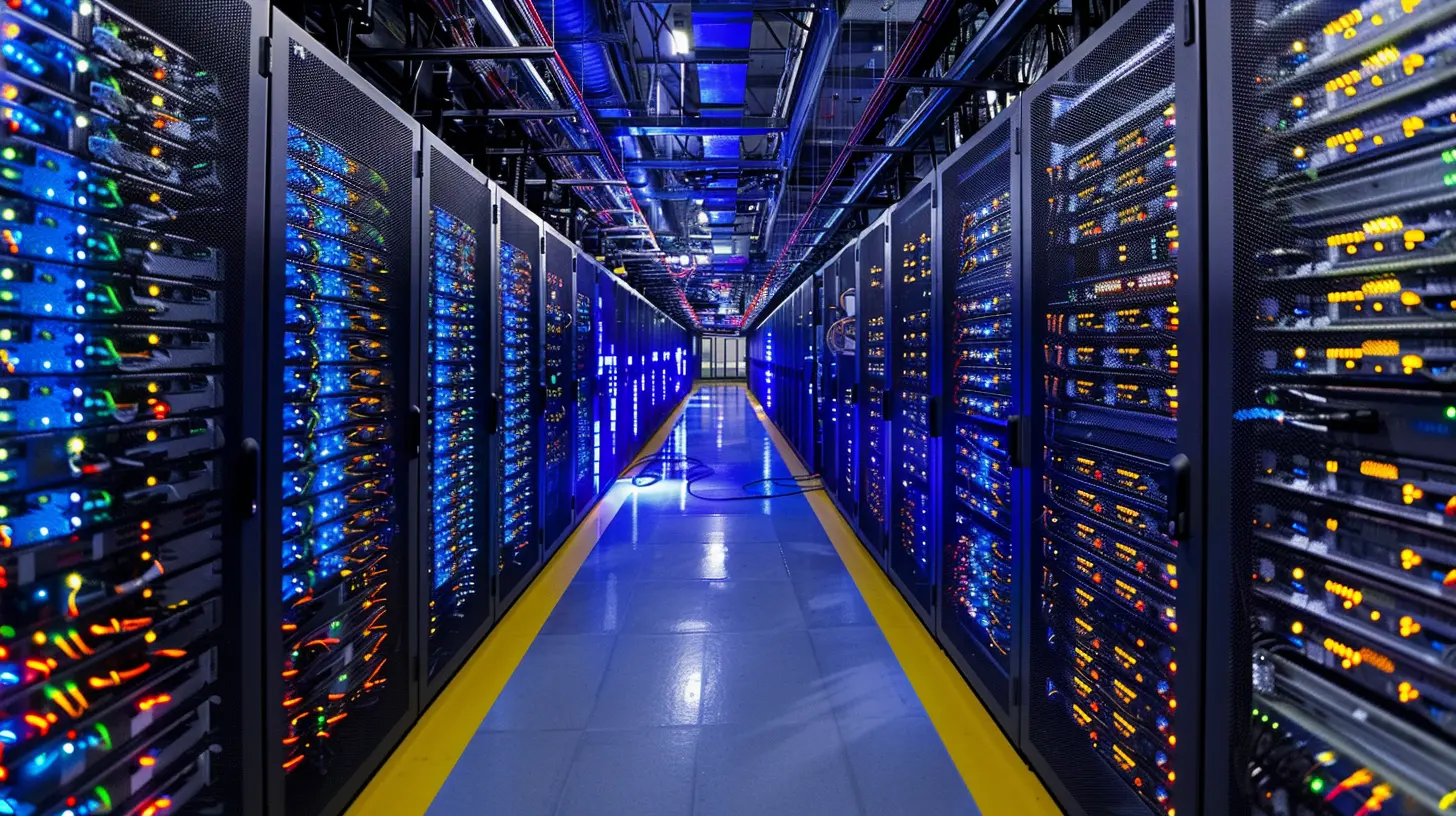
Key Differences Between Edge Computing and Traditional Data Centers
Now that we've broken down what each is, let’s get into the nitty-gritty of their differences. Both systems have their merits, but they are designed for different use cases. It's important to understand these differences so you can choose what's best for your specific needs.1. Latency
- Edge Computing: Wins this round! Because data is processed locally, the latency is significantly lower. It’s perfect for real-time applications like augmented reality or autonomous machines.- Traditional Data Centers: Have higher latency since data must travel to a centralized location for processing. This can cause delays, especially for time-sensitive data.
2. Bandwidth Usage
- Edge Computing: Since only critical data is sent back to the central server, edge computing can save on bandwidth. This is particularly important in IoT (Internet of Things) environments where devices constantly send data.- Traditional Data Centers: All data is sent to the central server, which can eat up a lot of bandwidth, especially when dealing with large datasets.
3. Scalability
- Edge Computing: While it’s great for local processing, scaling can be more complex. Each edge device needs to be managed, maintained, and updated individually.- Traditional Data Centers: Scalability is one of their strong suits. If you need to handle more data, you can simply add more servers to your data center.
4. Security
- Edge Computing: Security can be a challenge because data is processed across many decentralized devices. Each edge device could be a potential vulnerability.- Traditional Data Centers: Centralized data centers have more robust security protocols. They are usually equipped with physical security, firewalls, and encryption, making them more secure overall.
5. Cost
- Edge Computing: Can be more cost-effective in the long run since it reduces the need for constant data transmission. However, the initial setup of edge devices can be expensive.- Traditional Data Centers: Running a traditional data center can be costly due to the need for continuous power, cooling, and maintenance.
6. Reliability
- Edge Computing: Since edge devices can operate independently of the central server, they can offer better reliability during outages. If the central system goes down, local devices can still function.- Traditional Data Centers: Although they are generally reliable, if the central server experiences downtime, it can bring the entire system to a halt.
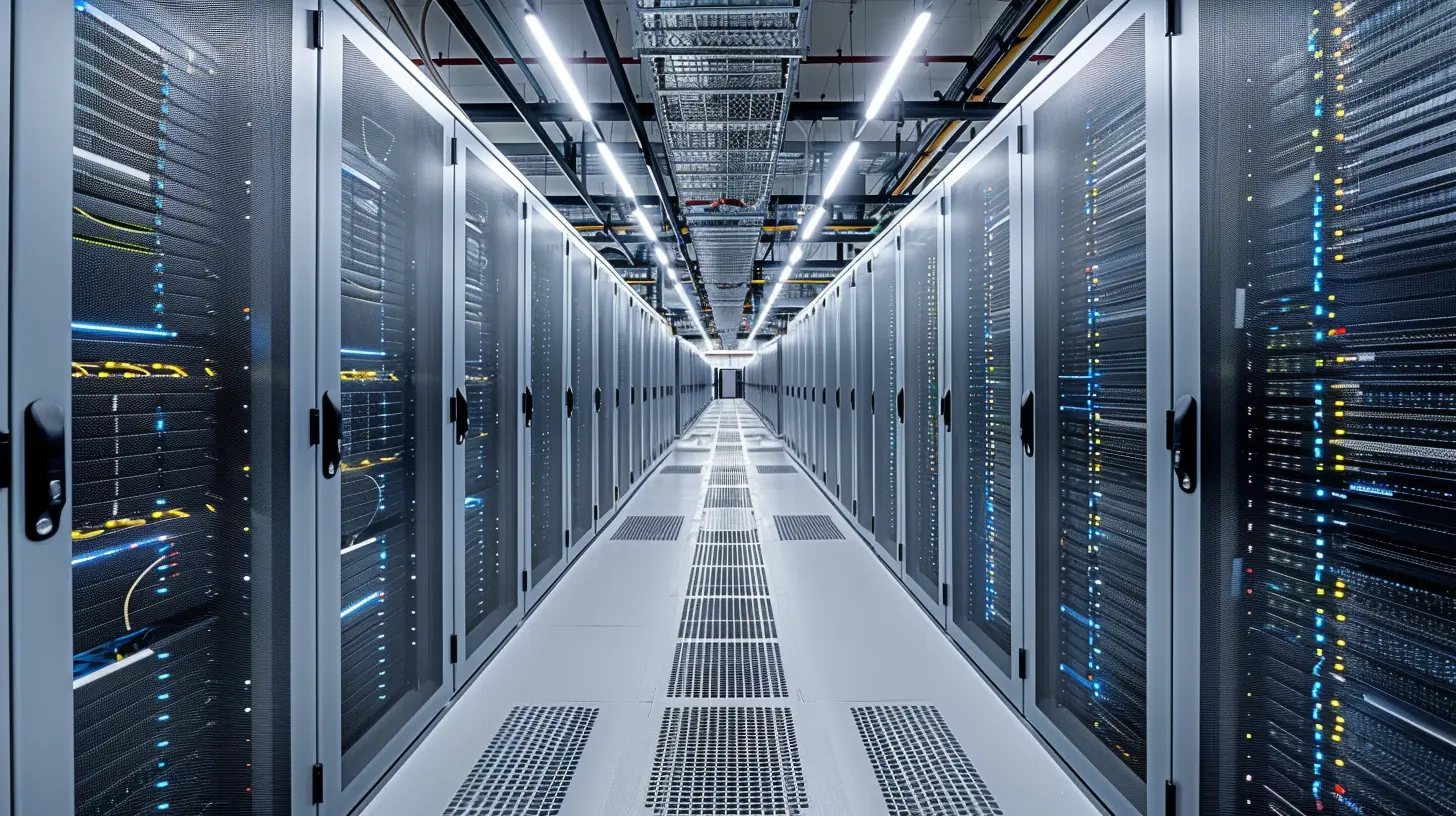
Where Edge Computing Shines
Edge computing is especially beneficial in industries where real-time data processing is crucial. Think about industries like healthcare, manufacturing, autonomous driving, and video streaming. For example, in a smart factory, machines need to respond to sensor data instantly to optimize production. Edge computing ensures that decisions are made quickly without waiting for data to travel to a far-off data center.Similarly, in the world of IoT, where billions of devices are connected, edge computing helps manage the massive amounts of data generated. Rather than flooding the network with constant data streams, edge computing processes most of the data locally, only sending the most important data to the central server.
Where Traditional Data Centers Excel
On the other hand, traditional data centers are the go-to solution for large-scale, non-real-time applications. Think of services like cloud storage, website hosting, or enterprise-level applications. If you're running a business that handles massive amounts of data, such as a social media platform or an e-commerce website, traditional data centers provide the horsepower you need.Additionally, traditional data centers are still the gold standard when it comes to handling sensitive data. They offer advanced security measures, making them the preferred choice for many financial institutions, government agencies, and businesses that need to comply with strict data regulations.
The Future of Computing: A Hybrid Approach?
As with many things in life, the answer isn't always black and white. Many experts believe that the future lies in a hybrid approach—leveraging both edge computing and traditional data centers. This hybrid model allows businesses to take advantage of the low latency of edge computing while still benefiting from the scalability and security of traditional data centers.For example, an autonomous vehicle might use edge computing to process real-time data on the road, but still send important data to a centralized data center for long-term analysis and storage. Similarly, a smart home system might process data from sensors locally while still communicating with a central cloud server for updates and configurations.
Conclusion
So, Edge Computing vs. Traditional Data Centers—which one should you choose? Well, it depends. If you're dealing with real-time applications or IoT devices, edge computing is probably your best bet. But if you need to handle massive amounts of data with robust security and scalability, traditional data centers are still the way to go.And hey, who says you have to choose? With the rise of hybrid computing, you can have the best of both worlds. So, whether you're a tech enthusiast, a business owner, or just someone curious about the future of computing, it's an exciting time to be part of this ever-evolving conversation.
all images in this post were generated using AI tools
Category:
Data CentersAuthor:

Gabriel Sullivan
Discussion
rate this article
21 comments
April Wagner
Edge computing minimizes latency and maximizes efficiency—traditional data centers just can't keep up!
March 19, 2025 at 9:28 PM

Gabriel Sullivan
Absolutely! Edge computing brings data processing closer to the source, significantly reducing latency and enhancing efficiency compared to traditional data centers.
Anastasia McMurtry
Edge computing is like having a snack right at your fingertips, while traditional data centers are more like a full buffet—great for feasting, but who has the time? 🍕💻
February 3, 2025 at 5:17 AM

Gabriel Sullivan
Great analogy! Edge computing indeed offers quick access and efficiency, perfect for today's fast-paced needs. 🍕💻
Camille McKeever
Edge computing offers faster access; traditional centers lag.
January 28, 2025 at 3:43 AM

Gabriel Sullivan
Absolutely, edge computing minimizes latency by processing data closer to the source, making it a key advantage over traditional data centers.
Kara McDaniel
Great insights on a crucial topic! As we embrace edge computing, understanding its benefits over traditional data centers is vital. This shift could redefine how we handle data processing and enhance efficiency in ways we’re only beginning to explore.
January 22, 2025 at 1:54 PM

Gabriel Sullivan
Thank you! I'm glad you found the insights valuable. Edge computing truly has the potential to transform data processing and efficiency.
Lena McMillen
Insightful article! Truly appreciate the clarity on edge computing.
January 17, 2025 at 8:41 PM

Gabriel Sullivan
Thank you for your kind words! I'm glad you found the article helpful.
Nathan Coleman
Embrace the future, folks!
January 14, 2025 at 12:23 PM

Gabriel Sullivan
Absolutely! Embracing edge computing is key to staying ahead in today's data landscape.
Elias Hayes
This article provides a concise yet comprehensive overview of the key differences between edge computing and traditional data centers. It effectively highlights the advantages and challenges of each approach, making it a valuable resource for technology professionals seeking to understand modern data management strategies. Great insights! Thank you for sharing.
January 11, 2025 at 8:28 PM

Gabriel Sullivan
Thank you for your thoughtful feedback! I'm glad you found the article insightful and helpful for understanding these key concepts.
Caleb Ramirez
Great insights on edge computing vs. traditional data centers! I'm curious about how businesses are adapting to this shift. Excited to see what innovations emerge in this space!
January 6, 2025 at 4:11 AM

Gabriel Sullivan
Thank you! Many businesses are rapidly integrating edge computing to enhance real-time data processing and improve efficiency. Innovations like AI at the edge and enhanced IoT solutions are emerging as key trends in this shift. Stay tuned!
Marlowe Gibson
Edge computing is the future—swift, efficient, and scalable, it obliterates the limitations of traditional data centers. Embrace it or get left behind in the digital dust.
January 3, 2025 at 8:35 PM

Gabriel Sullivan
Absolutely! Edge computing offers remarkable advantages over traditional data centers, enabling faster processing and enhanced scalability. Embracing this shift is essential for staying competitive in the digital landscape.
Grey Russell
As we shift towards edge computing, consider not just speed and efficiency, but also the implications for data sovereignty, privacy, and the evolving relationship between technology and society.
January 2, 2025 at 9:40 PM

Gabriel Sullivan
Thank you for highlighting the important considerations of data sovereignty and privacy in the context of edge computing. It's crucial to address these implications as technology evolves and impacts society.
Issac Smith
Great article! I'm intrigued by how edge computing is reshaping data processing and reducing latency. It seems like a game-changer for real-time applications. I wonder how traditional data centers will adapt to this shift and what it means for future innovations!
January 2, 2025 at 3:55 AM

Gabriel Sullivan
Thank you for your comment! Edge computing indeed offers exciting possibilities for real-time applications, and traditional data centers will need to evolve by integrating edge solutions and optimizing their architectures to stay relevant in this new landscape. Exciting times ahead!
Winter McKeever
Edge computing is like having a smart fridge that tells you when you’re low on snacks, while traditional data centers are like the pantry you forgot to organize!
January 1, 2025 at 9:43 PM

Gabriel Sullivan
Great analogy! Edge computing indeed enhances real-time responsiveness, while traditional data centers can sometimes lack agility.
Calder McNair
Edge computing is the future; embrace it now!
January 1, 2025 at 11:35 AM

Gabriel Sullivan
Absolutely! Edge computing offers enhanced speed and efficiency, making it a vital strategy for modern data processing needs.
Spencer Horne
Edge computing brings processing closer to data sources, reducing latency and bandwidth use, while traditional data centers remain centralized. Choosing between them depends on specific application needs, data volume, and real-time requirements. Both have distinct advantages worth considering.
January 1, 2025 at 3:52 AM

Gabriel Sullivan
Thank you for your insightful comment! You're spot on—understanding the specific needs of an application is key to choosing between edge computing and traditional data centers. Each has unique benefits that can significantly impact performance and efficiency.
Claire McGee
Edge computing: where data zips around faster than your morning coffee! ☕️🚀
December 31, 2024 at 4:47 AM

Gabriel Sullivan
Absolutely! Edge computing really accelerates data processing, reducing latency and enhancing performance—just like that perfect cup of coffee! ☕️✨
Isabelle Robinson
Great insights! Edge computing's potential benefits over traditional data centers are well articulated here.
December 30, 2024 at 8:37 PM

Gabriel Sullivan
Thank you! I'm glad you found the insights valuable. Edge computing indeed offers exciting advantages!
Dana Gibson
This article thoughtfully highlights the critical differences between edge computing and traditional data centers. As businesses increasingly prioritize speed and efficiency, understanding these concepts is essential for making informed technological decisions in today's fast-paced landscape.
December 29, 2024 at 9:11 PM

Gabriel Sullivan
Thank you for your insightful comment! I'm glad you found the distinctions between edge computing and traditional data centers valuable for navigating today's tech landscape.
Cassian Rivera
I'm fascinated by the differences between edge computing and traditional data centers! How do real-time processing capabilities impact industries, and what are the security implications? Curious minds want to know!
December 29, 2024 at 3:32 AM

Gabriel Sullivan
Edge computing enables real-time data processing closer to the source, enhancing responsiveness in industries like IoT and manufacturing. This reduces latency and bandwidth use but can introduce security challenges, as more devices at the edge may increase vulnerability points. Balancing efficiency and security is key.
Sawyer McGlynn
Exciting insights! Edge computing truly revolutionizes data handling—can't wait to see what's next!
December 28, 2024 at 7:26 PM

Gabriel Sullivan
Thank you! I’m glad you found it insightful. The future of edge computing looks promising!
Renata Barrett
This article effectively highlights the growing significance of edge computing in contrast to traditional data centers. By emphasizing reduced latency and enhanced real-time processing capabilities, it underscores how businesses can leverage decentralized architectures to adapt to evolving technological demands. The comparison serves as a crucial guide for strategic IT planning and implementation.
December 28, 2024 at 11:33 AM

Gabriel Sullivan
Thank you for your insightful comment! I'm glad you found the article highlights the key advantages of edge computing and its strategic importance for businesses.
Esther Adams
Edge computing offers lower latency and improved performance compared to traditional data centers, making it ideal for real-time applications.
December 28, 2024 at 5:17 AM

Gabriel Sullivan
Absolutely! Edge computing minimizes latency by processing data closer to the source, significantly enhancing performance for real-time applications compared to traditional data centers.
MORE POSTS
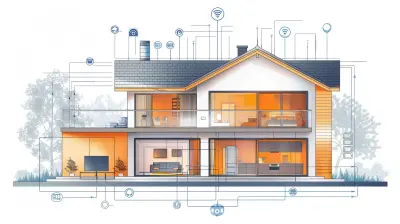
The Role of IoT in Enhancing Smart Building Automation

The Intersection of AI and Ethics: Navigating the Complexities

The Role of AR Glasses in Modern Healthcare
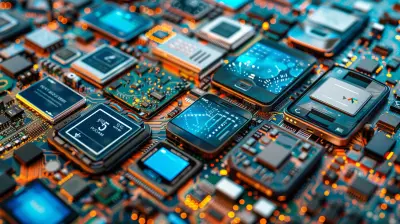
The Impact of 5G on the Evolution of Smart Devices

The Growing Importance of Data Governance in Analytics

The Growing Importance of Ethical AI in Tech Development

The Best Gaming Chairs for Comfort and Performance

How to Build the Perfect Portable Office Setup

Practical Uses of AR Glasses in Everyday Life

Tech Conferences That Are Defining the Future of Work

Data Center Sustainability: Shifting Toward Renewable Energy Sources

Choosing the Right Ethernet Cable for Your Network Setup

Augmented Reality in Pop Culture: From Sci-Fi to Reality